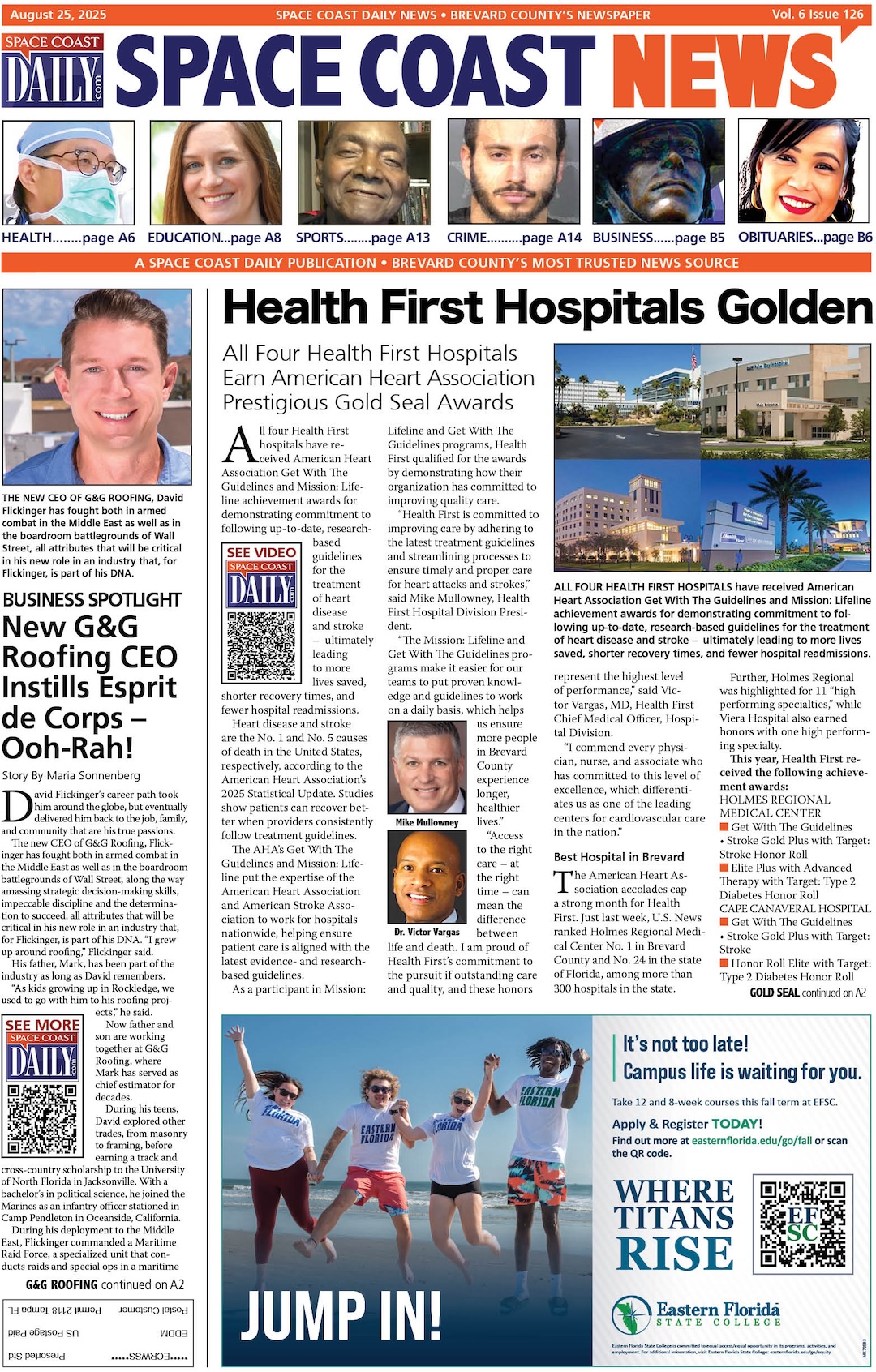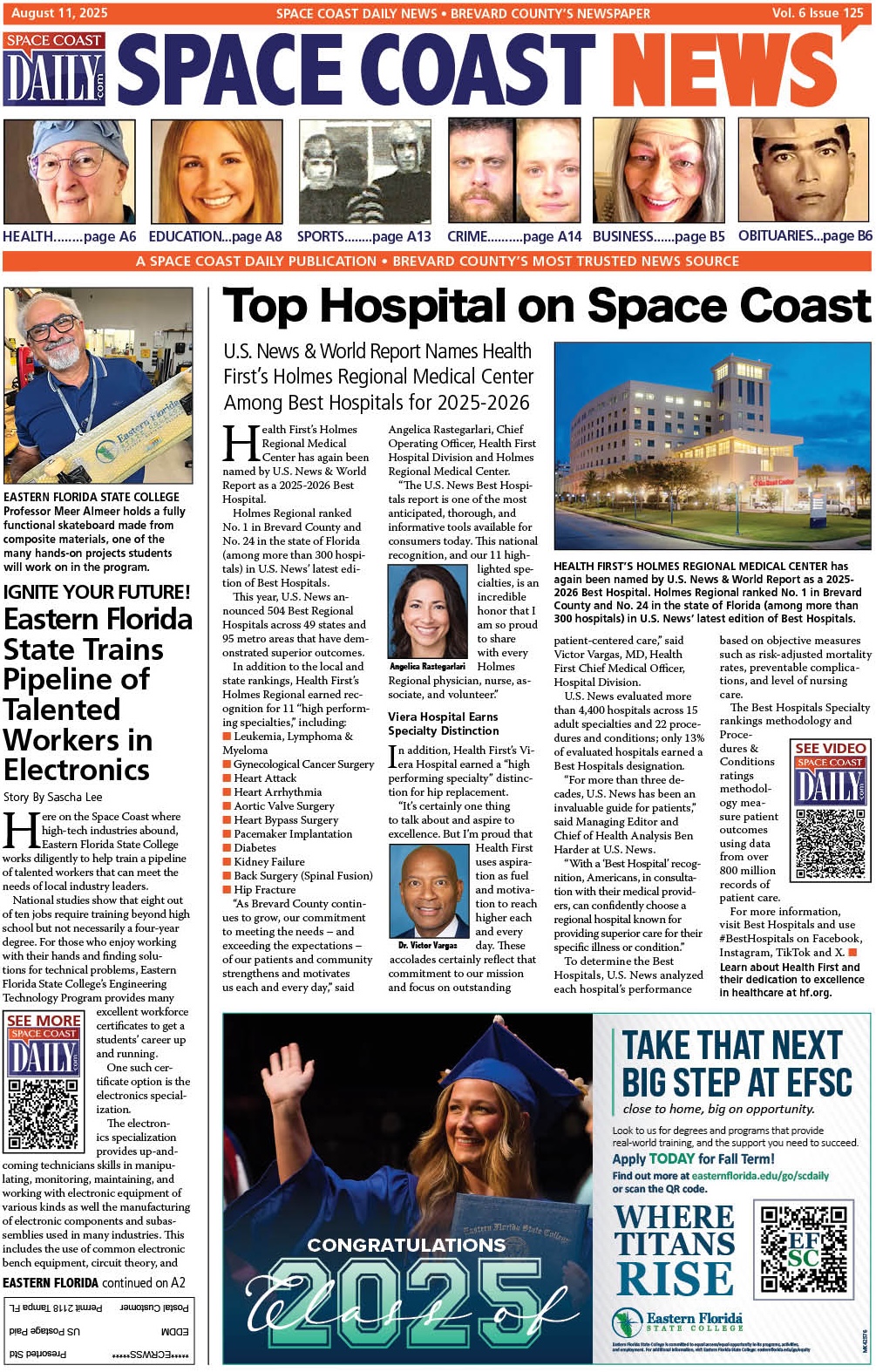FLASHBACK: Morning Fog Sets Before Space Shuttle Challenger’s Launch at NASA’s Kennedy Space Center
By Space Coast Daily // November 30, 2021
Photo taken November 1982

BREVARD COUNTY, FLORIDA – This photo of Space Shuttle Challenger was taken in 1982 as it was rolled out to the launch pad at NASA’s Kennedy Space Center in preparation for STS-6, Challenger’s first mission.
The new orbiter was rolled out to LC-39A on a fog-shrouded morning in November 1982. On December 18, Challenger was given a PFRF (Pre Flight Readiness Firing) to verify the operation of the main engines. The PFRF lasted for 16 seconds. Although engine operation was generally satisfactory, telemetry data indicated significant leakage of liquid hydrogen in the thrust section. However, it was not possible to determine the location of the leak with certainty, so program directors decided on a second PFRF with added telemetry probes.
It was known that during the test run on December 18, that recirculated exhaust gases and vibration leaked into the thrust section and this was considered a potential cause of the leak. Therefore, the original planned launch in late January 1983 had to be postponed.
On January 25, a second PFRF was conducted which lasted 23 seconds and exhibited more hydrogen leaks. Eventually, it was found that low pressure ducting in the No. 1 engine was cracked.
The engine was replaced by a spare, which was found to also have leaks. A third engine had to be ordered from Rocketdyne, and after thorough testing, turned out to be in proper operating condition. The No. 2 and No. 3 engines turned out to have leaks as well, and were taken out of the orbiter for repairs. By mid-March, the engine problems had been completely resolved.
While the engine repairs were underway on 28 February, a severe storm caused contamination of the mission’s primary cargo, the first Tracking and Data Relay Satellite, TDRS-1, while it was in the Payload Change-out Room on the Rotating Service Structure at the launch pad. Consequently, the satellite had to be taken back to its checkout facility, where it was cleaned and rechecked. The Payload Change-out Room and the payload bay also had to be cleaned. All of these events pushed the launch back from March 26 to early April.












